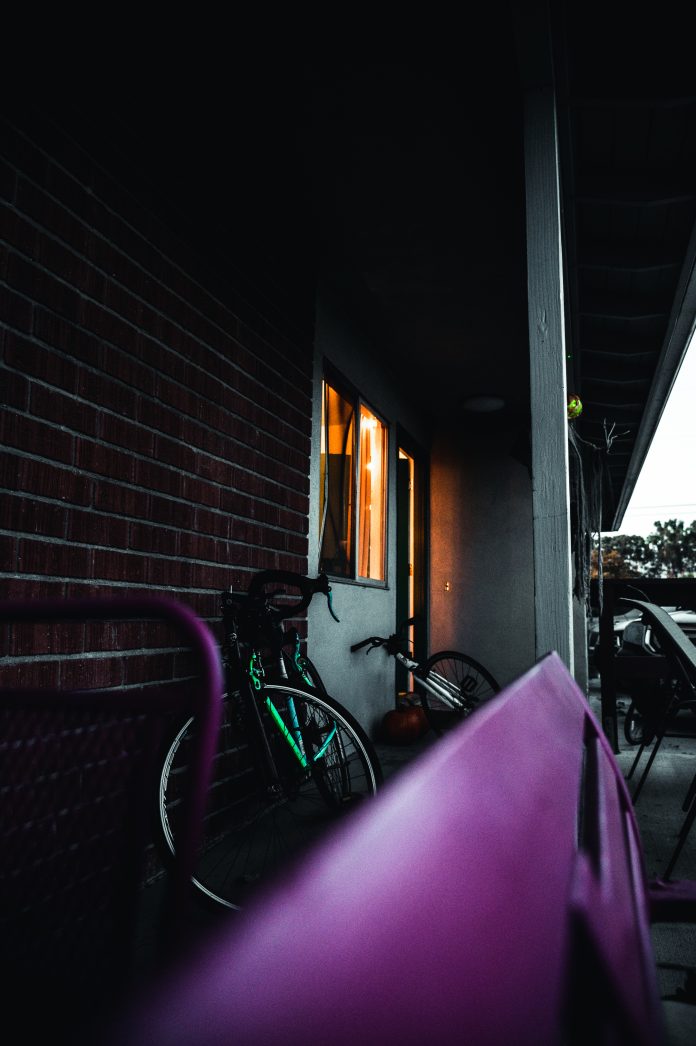Shoshana Medved
Investigative Beat Reporter
Limited space, crowded conditions, and an extreme housing shortage. Though these conditions may sound familiar to current circumstances at UC Santa Barbara (UCSB), this situation stretches over a half a century.
“The rental market in Santa Barbara and Goleta is historically challenging,” UCSB administrators wrote in an email blast to students. “This year in particular, the community of Isla Vista [I.V.], where many of our students live, also experienced a shortage of rental space.”
In one square mile in I.V., there are more than 20,000 people. In its Housing and Enrollment section, the UCSB Library classifies I.V. as a place with “exceptionally high population density.”
In 1954, UCSB relocated from downtown Santa Barbara to its current-day Goleta location, replacing the base of an old World War II Marine Air Station. From the start, population density was a concern. That year, UCSB’s target population was 2,500 students. Four years later, when UCSB officially became part of the University of California (UC) system, it climbed to 10,000.
“[This] resulted in a mass construction of Isla Vista apartment buildings,” UCSB Library’s Early History section stated. “From 1954 to 1970, [I.V.] grew from a residential population of 350 to 11,600 people.”
In the 1960s, the Santa Barbara County Board of Supervisors announced that I.V. would not need to follow most housing standards or zoning guidelines, which writer Patrick Sheehan from The Bottom Line (TBL) claimed was due to landowners’ desire to “extract maximum profit” from the area. Coupled with a federal income-tax shelter that promoted investment in apartments, building in I.V. skyrocketed.
“The area developed rapidly with little concern for long-term community interests,” the UCSB Library Housing section stated.
By the 1970s, a housing crisis at UCSB had emerged.
“The problem exists — that is fact,” Lorie Bacon, then Director of Isla Vista Planning Commission, wrote in 1975 for the Daily Nexus. “[There’s] a severe low-income housing shortage in Santa Barbara, Goleta, and [I.V.].”
At the time of the article, Francisco Torres (now known as “FT” or Santa Catalina) had just opened, offering rooms to students in need of housing. Bacon commented that Torres was fully booked with a “substantial waiting list.” For rental companies like Embarcadero Company and Income Property Management, open spaces appeared to be equally scarce.
“Apparently, the companies acknowledge crowded conditions by encouraging them,” Bacon wrote. “Unfortunately, this has become the necessity of the situation.”
UCSB administration anticipated enrollment to be 4,079, but Bacon expressed that the figure could have been as high as 5,000 students. Today, recent estimates place the student population above 26,000.
While demand has increased, UCSB states that campus enrollment is not the problem at hand. Rather, they claim the pandemic has exacerbated three issues: I.V.’s desirable location, less dense housing situations, and students’ housing uncertainty regarding fall 2021.
“Campus enrollment has not exceeded the three-quarter average of 25,000 on-campus students,” the UCSB administrators wrote in the email blast.
This measure of 25,000 students follows the Long Range Development Plan, which the UCSB administration implemented in 2010. It stated that more student housing would be built either by the year 2025 or when the undergraduate student body hit 25,000 students — this has not gone into effect.
In more recent years, housing issues have persisted. In Oct. 2014, Lizeth Pompa from TBL described how the Community Housing Office was “flooded with students” in need of housing during late September.
“As many as 300 students were homeless,” Pompa wrote. “[I.V.] faced the tightest housing market in years during the month of September, according to Santa Barbara analysts.”
Seven years later, hotels have offered a temporary solution to 349 students in need of housing. By the end of fall quarter, these students are expected to find a permanent place to live, leaving yet more unanswered questions in the wake of the 2021 housing shortage.
For more information regarding the current shortage, check out the following articles from TBL here and here.

















